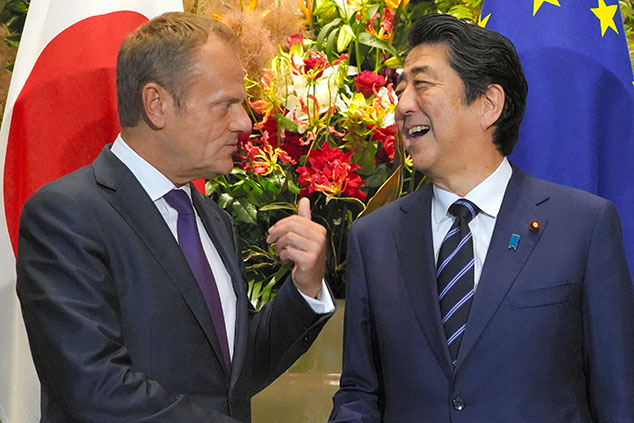
Go to the Office for National Statistics website, look for the latest UK House Price Index release, and you will see what we think is one of the most encouraging charts we’ve seen in a long time. It shows UK house prices flatlining. The average house price was £226,000 in May 2018, a little under 3% higher than in May 2017, and unchanged from last month. Move then to the inflation figures and you will see that annual CPI (consumer price index) inflation is sitting at 2.4% and the old RPI (retail price index) inflation measure is at 3.4% (for more, see our cover story this week on the oil price). Next, look to the latest wage numbers: regular wages are rising at an annual rate of about 2.7%.
Taken alone, none of these numbers are particular exciting. Add them up and they might be. If we have a dream at MoneyWeek, it is to see house prices flatten out in nominal terms, and fall slightly every year in inflation-adjusted (real) terms – something that would limit the pain for those with big mortgages, but also make houses more affordable for new entrants. The house-price growth and inflation numbers taken together suggest this might just be beginning to happen. Add in the (still-slight) rise in real wages, and the affordability trend looks as though it is going in the right direction for the first time in a long while.
We have hopes, too, that real wages will soon be rising at more than the 0.2-0.3% a year that they are currently. That’s firstly because the market is so tight (the unemployment rate is at the lowest it has been since the mid-1970s, at 4.2%), but also because there is a chance that productivity (the real driver of wages) will soon start to rise again. That’s because a decade-long trend for employers to hire hordes of cheap and easily available workers, instead of investing in automation, is coming to an end. The new scarcity of labour is driving investment, which should drive productivity and then wages. Hooray! (See here for more on this.)
There is more good news around this week. The EU-Japan trade deal is a nice example. This is happy evidence that the world is not going to hell in a protectionist hand-basket; that it is possible to make good trade deals with the EU; and that cheaper Japanese soy sauce in the West is a near-term possibility (who knew the EU imposed a 7.7% tariff on the import of soy sauce?). Then there is Brexit. You could see the endless rows of the last few weeks as proof that the whole thing is a miserable fiasco. You could also see them as democracy in action – and therefore vital stepping stones on the long and boring path to the inevitable compromise deal. I see them as the latter.